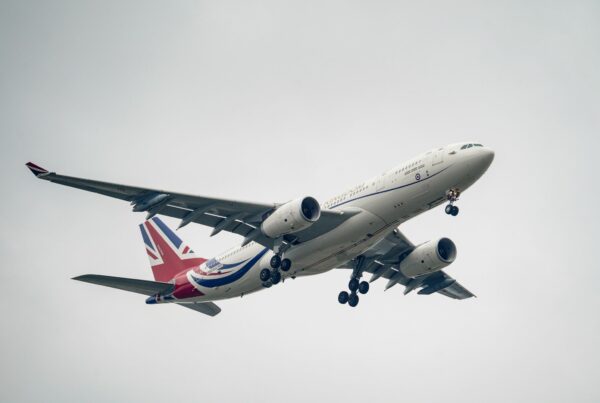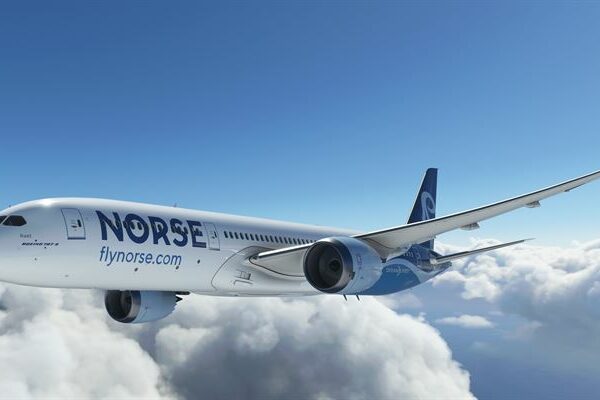With the majority of Asia Pacific travellers flying intra-regional short-haul routes of less than 500 nm over the next two decades, the region represents a rich hunting ground for aircraft manufacturers like Canada’s Bombardier.
According to the OEM’s head of marketing for APAC and China, Ross G. McKeand, by 2036 around 80% of air traffic will be inter-regional. Speaking at the Singapore Airshow, he described the region (it excludes ‘Greater China’ from its APAC forecast) as being “perfectly suited to the range capabilities of regional jets and turboprops.” The majority of passengers at that time will be taking short-haul flights of less than 500 nm, he said.
The company’s 2017-2036 forecast covering the 60-150 seat segment predicts the region will take delivery of 2,050 aircraft (16% of the global total), with that breaking down into 1,050 large regional aircraft (50-100 seats) and 1,000 small single-aisle aircraft (100-150 seats).
Much of the fastest growth for domestic and regional connectivity is coming from small and medium-sized cities with challenging airports, creating a growing number of point-to-point routes deemed non-economical for larger single-aisle aircraft. Over 60% of all routes flown within the APAC region have demand for less than 150 passengers per day, says Bombardier.
With 326 aircraft currently flying in the APAC region with 41 operators, that total includes 266 of its Q series aircraft. One of the region’s operators, India’s SpiceJet, operates Q400s with the highest utilisation rate in the world for turboprops, pointed out McKeand.
It is also one of three airlines operating the Q400 turboprop with high-density 28-degree pitch seating configurations, with its aircraft having a 90-passenger capacity, along with others with 86-seat capacities operated by low-fare airline NOK Air of Thailand and Philippine Airlines. SpiceJet ordered 50 of the 90-seat version as the launch customer.
McKeand also highlighted APAC start-up operators using CRJ200s to launch initial operations before upgauging to larger CRJs with the same type rating, pointing out that low-fare carrier China Express kicked off activities in 2006 using the smaller CRJ before expanding to the point today where it has well over 30 CRJ900s in the air or on order.
On its CSeries, he confirmed that South Korea’s Korean Air has so far received two CS300s out of the 10 firm orders it made originally, with the airline holding another 10 options.







